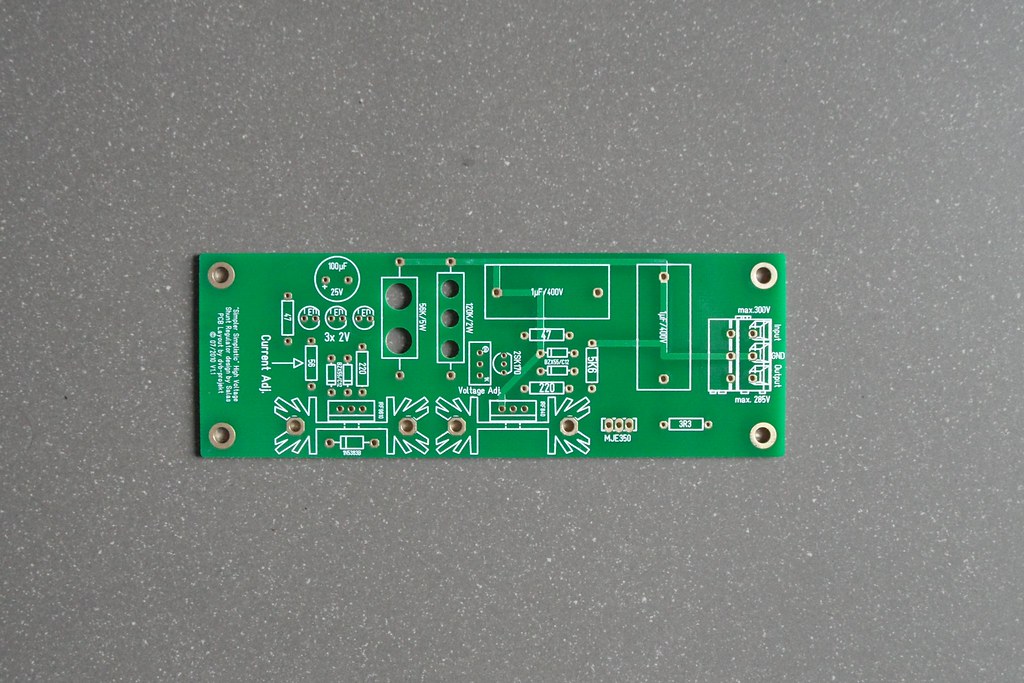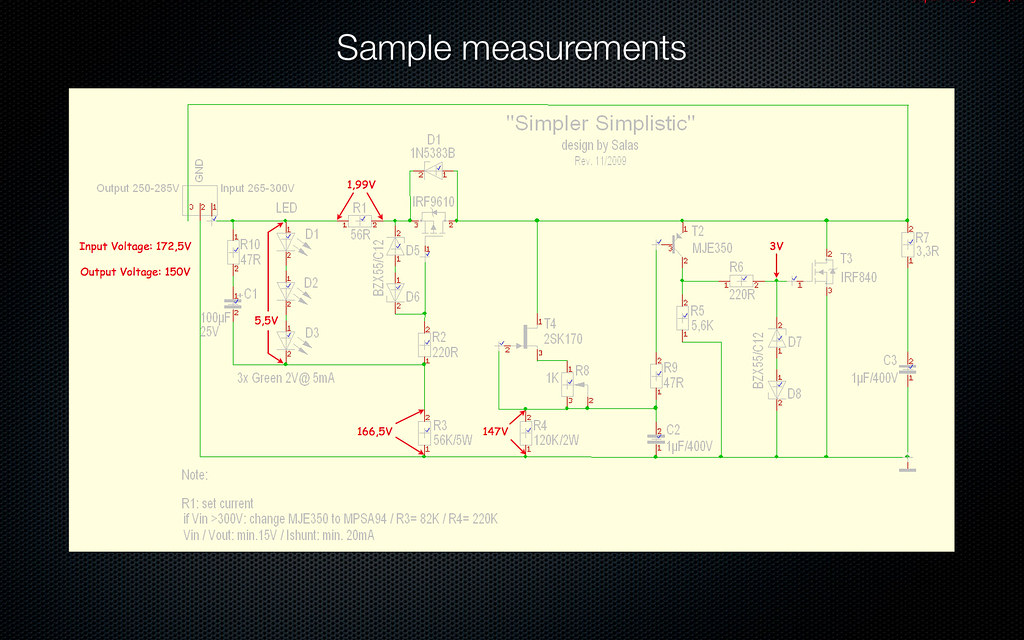SSHV-Shunt Module
Posted 7th April 2011 at 01:19 PM by dvb projekt
Updated 30th November 2016 at 10:31 AM by dvb projekt (Stock status updated)
Updated 30th November 2016 at 10:31 AM by dvb projekt (Stock status updated)
My last thoughts to optimize the Tube-I-zator goes to the B+ High Voltage lines.
To get the maximum flexibility, i have made splitting points in the lines.
The splitting of the anode psu lines brings upgrades possibilities.
You could use e.g. a tube rectifier with C-R-C filter instead of the onboard andoe psu or
switch to a regulated shunt psu, witch in my mind brings the greater sound quality upgrade.
With the experiences from Salas low voltage shunt on my DAC project in mind,
i have made an upgrade module for the Tube-I-zator based on his HV shunt circuit design.
Here it is
To get the maximum flexibility, i have made splitting points in the lines.
The splitting of the anode psu lines brings upgrades possibilities.
You could use e.g. a tube rectifier with C-R-C filter instead of the onboard andoe psu or
switch to a regulated shunt psu, witch in my mind brings the greater sound quality upgrade.
With the experiences from Salas low voltage shunt on my DAC project in mind,

i have made an upgrade module for the Tube-I-zator based on his HV shunt circuit design.
Here it is



The specifications are:
- 2mm pcb
- Immersion Gold
- green soldermask on both side
- 70µm copper weight
- Board size 46mm x 133mm
Sold out
The price is:
HV Shunt regulator Module: $ 14
Worldwide shipping: $ 9
Europe shipping: $ 5
paypal fee: 3,9%
Shipping insurance on buyers request!
A donation of $3 USD to diyAudio will be done for every pcb sold.
And the result....

... an absolute H O L O G R A P H I C playback!
The sound image is so perfect, better than any experiences before.
Also the possibility to reproduce great dynamic jumps is better than ever.
As i played my favorite dynamic test track "Fanfare for the common man"
from the FIM Super Sounds! III CD, a XRCD24 recording,

it blow me out of my chair!
I think that was the last peace to heaven...

A big
 to Salas for this wonderful circuit.
to Salas for this wonderful circuit.In the attached file you find the BOM.
If you add the SSHV to the Tube-I-zator with the recommended 56R shunt current setting,
you must change the 1K C-R-C resistor on the Tube-I-zator to a 2W type!






